How To Prep For Your First Big Race
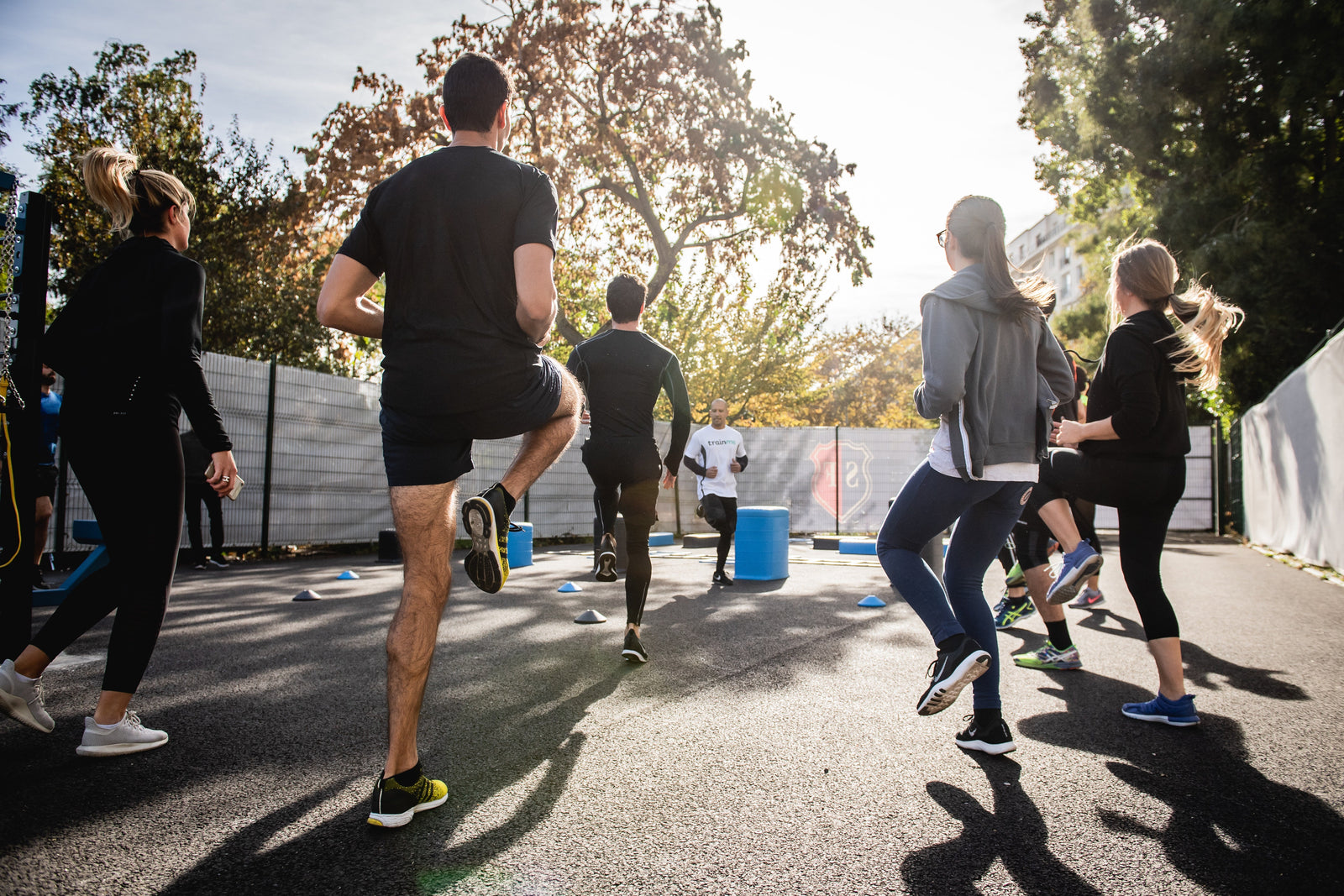
You’ve just signed up for your first big race. Now what?
There’s more to signing up for a race than the physical training. Mental preparation and planning is the best way to set yourself up for success. Studies suggest that visualization and mental relaxation techniques can boost physical performance and support emotional wellbeing.
Preparing for a big race is more of a marathon than a sprint. There’s no way you can cram for a race or crash course your way across the finish line. If you’re a seasoned athlete or a new runner, there are a few tips that can set you on the path to victory.
Prioritize rest
When embarking on a new training program, it’s important to schedule rest days and make time for your sleep and recovery. Studies show that adults need seven to nine hours of sleep each night for optimal recovery and even small sleep disturbances can have negative impacts on your athletic performance.
In addition to nightly sleep, it’s vital to build rest days into your schedule and deload blocks into your long term plan. While the frequency of rest days varies from person to person, most experts recommend taking one active rest day every three to five days. Factors like fitness level, gender, and age may mean that you need greater to fewer rest days than the recommended amount.
Don’t forget cross training
It goes without saying that a smart training plan is essential in the days leading up to your race. Aside from logging miles, it’s important to condition your body for a long race by practicing cross training.
Cross-training refers to any exercises that can benefit your primary sport. Running involves directional, repetitive movement that emphasizes the quadriceps, gastrocnemius muscles (in the calves), hip flexors, glutes, and core muscles.
Adding exercises that train the upper body, work on rotational movement, and strengthen tendons are essential to overall health and the longevity of your running career. Adding strength training may seem counterintuitive when you’re trying to gain speed but studies show that resistance training has neuromuscular benefits and can help prevent injuries by strengthening tendons and ligaments.
Make nutrition number one
It’s no secret that running torches calories. While you may at first enjoy a newly lean physique, strenuous training demands high-quality nutrition. We’ve all heard the horror stories of runners who get the runs on race day.
Prevent digestive distress after crossing the starting line with a solid pre-race nutrition plan. Now isn’t the time to try a new dish or deviate from familiar foods. Stick to bland, carbohydrate-rich foods that are easy to digest like whole grains and starchy vegetables.
Experts suggest carbohydrate loading by increasing carbohydrates to 4.5 to 5.5 grams of carbs per pound of body weight in the two to three days prior to a race. Consuming extra carbohydrates increases your muscles’ glycogen stores which can help prevent fatigue on race day.
Gear up
The proper gear, most notably, the correct running shoes can be a game changer for your race prep and big day. Running is a low-equipment sport, there aren’t many accessories to buy or gym memberships required. Cold weather gear, moisture-wicking fabrics, and reflective clothes can all help make runs more fun and bearable.
Instead, invest in running shoes. Running generates about five times your bodyweight in force with each step, this can make pounding the pavement hard on the lower body. This can exacerbate existing foot and ankle dysfunctions or lead to common running injuries like shin splints and patellar tendonitis.
Protect your joints and cushion your feet with the proper pair of running shoes. Experts recommend changing shoes about every 400 miles or when there are visible signs of wear like smooth patches or uneven wear on the heels or soles.
You may be tempted to try out a new pair of shoes on race day but longtime runners recommend breaking in a new pair about three weeks before the big day. Many runners also stick to a brand or pair of shoes to stay consistent.














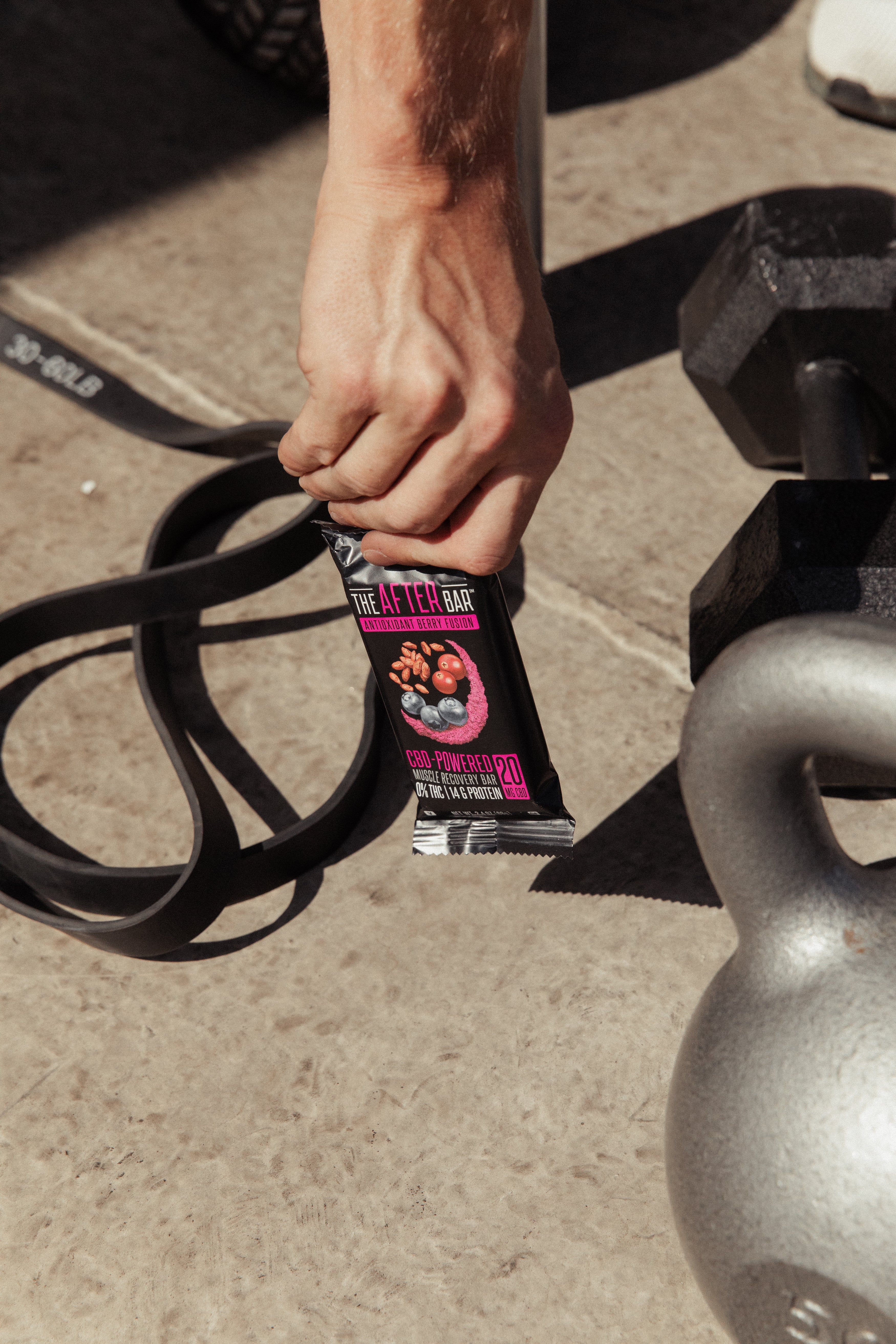

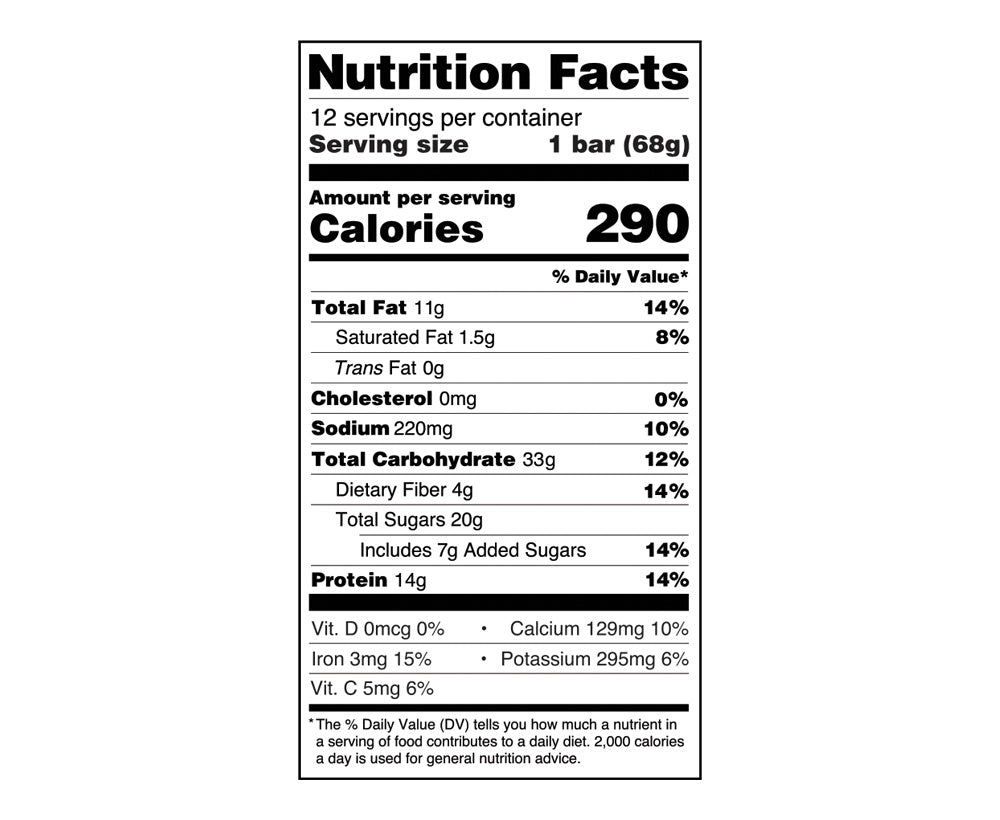


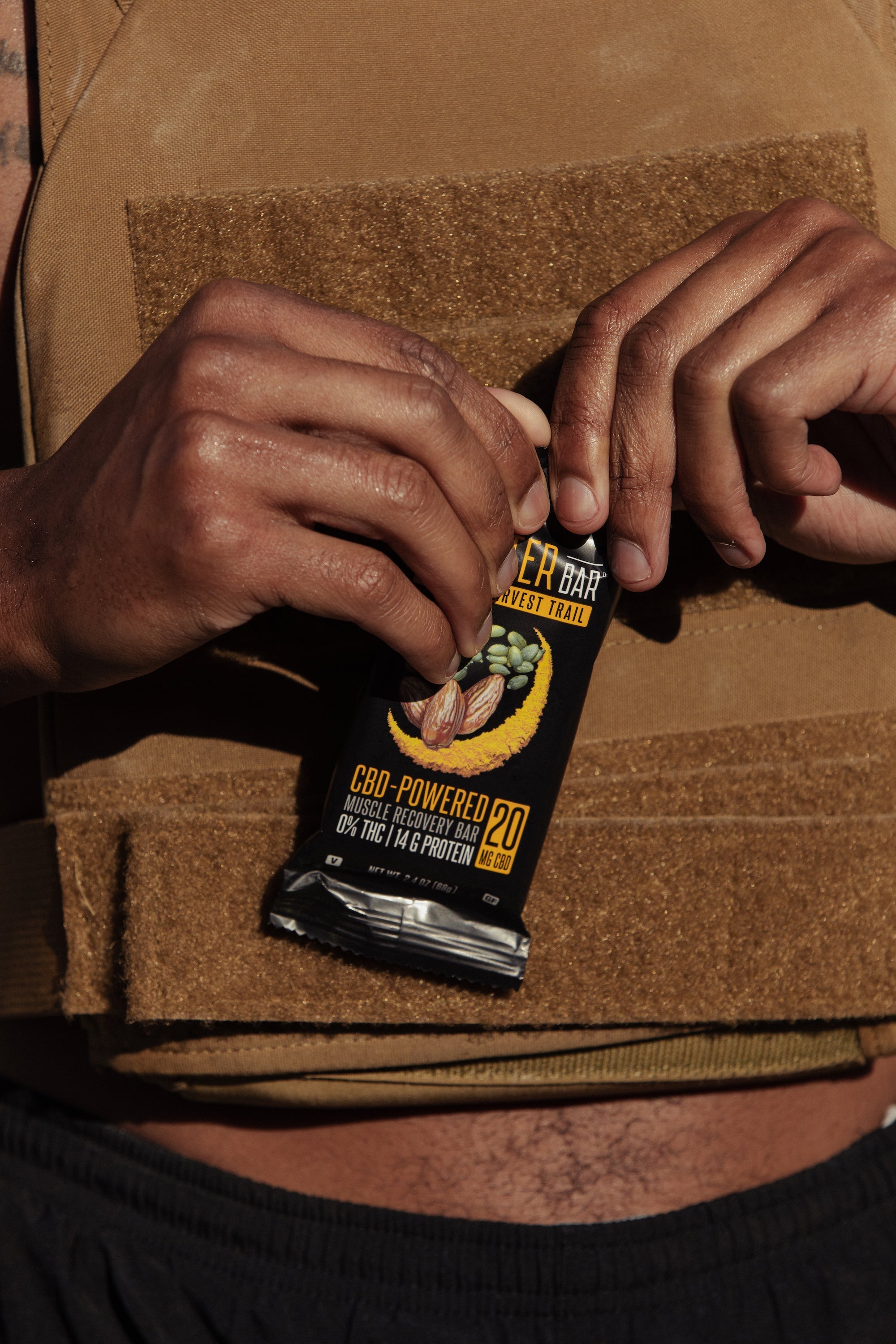

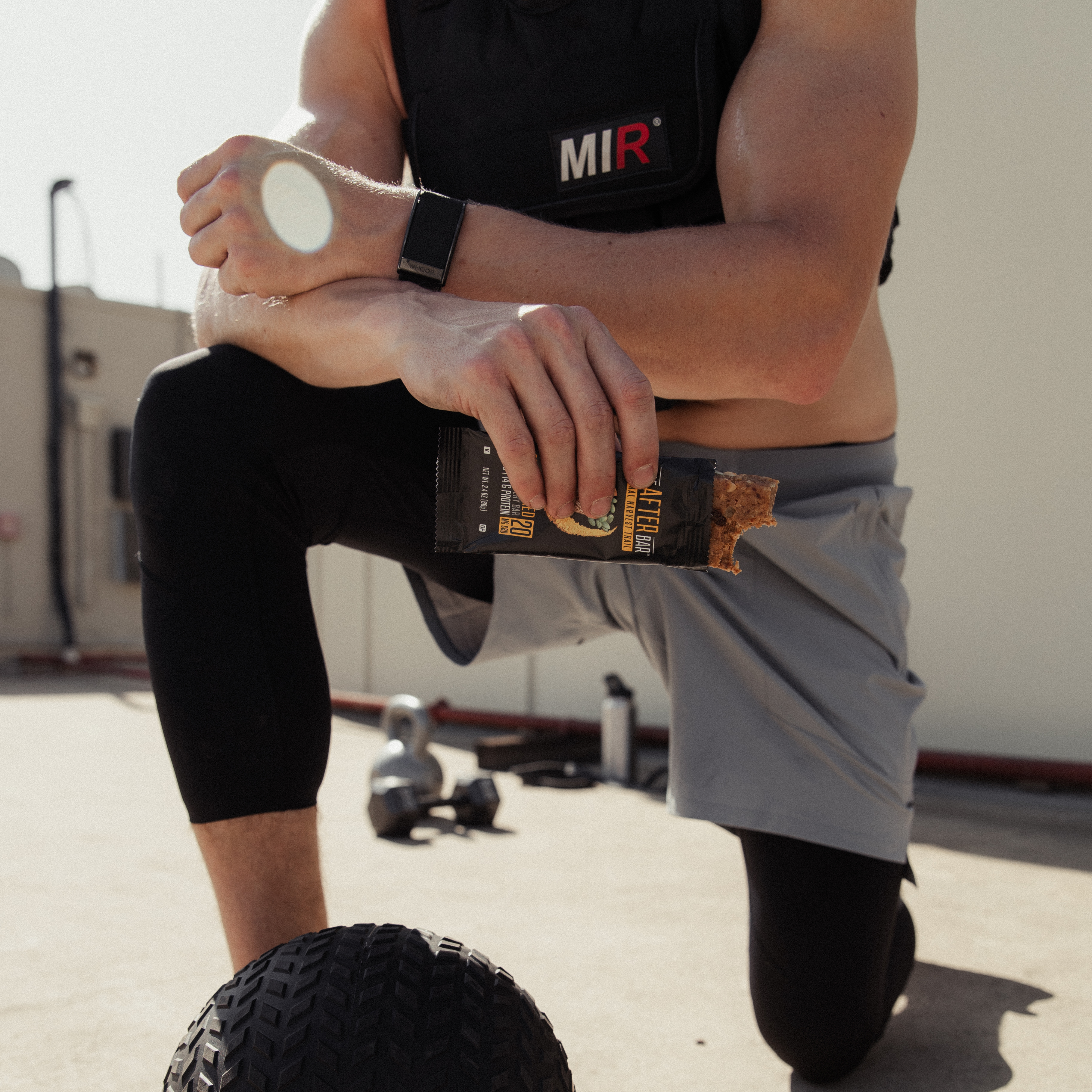



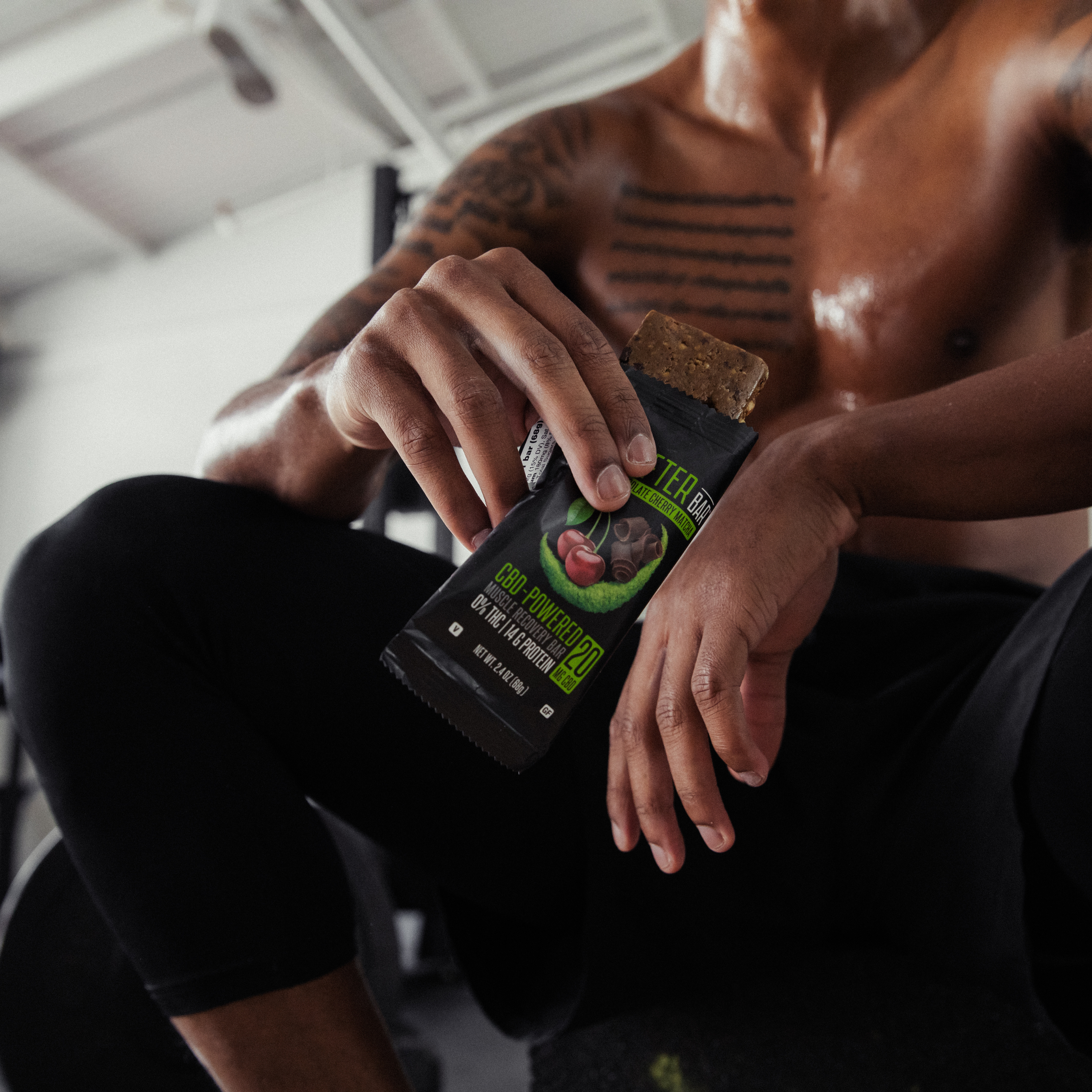


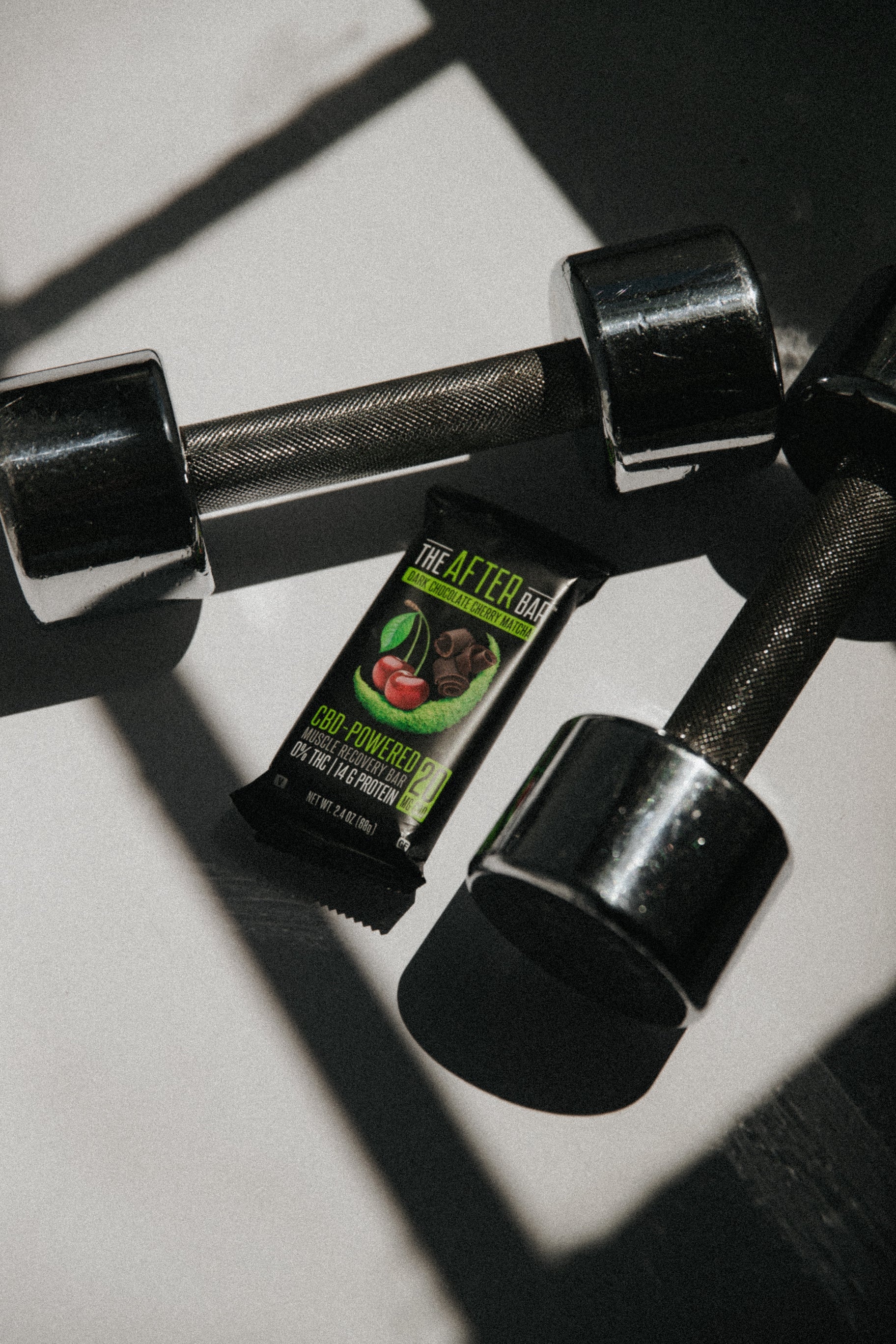



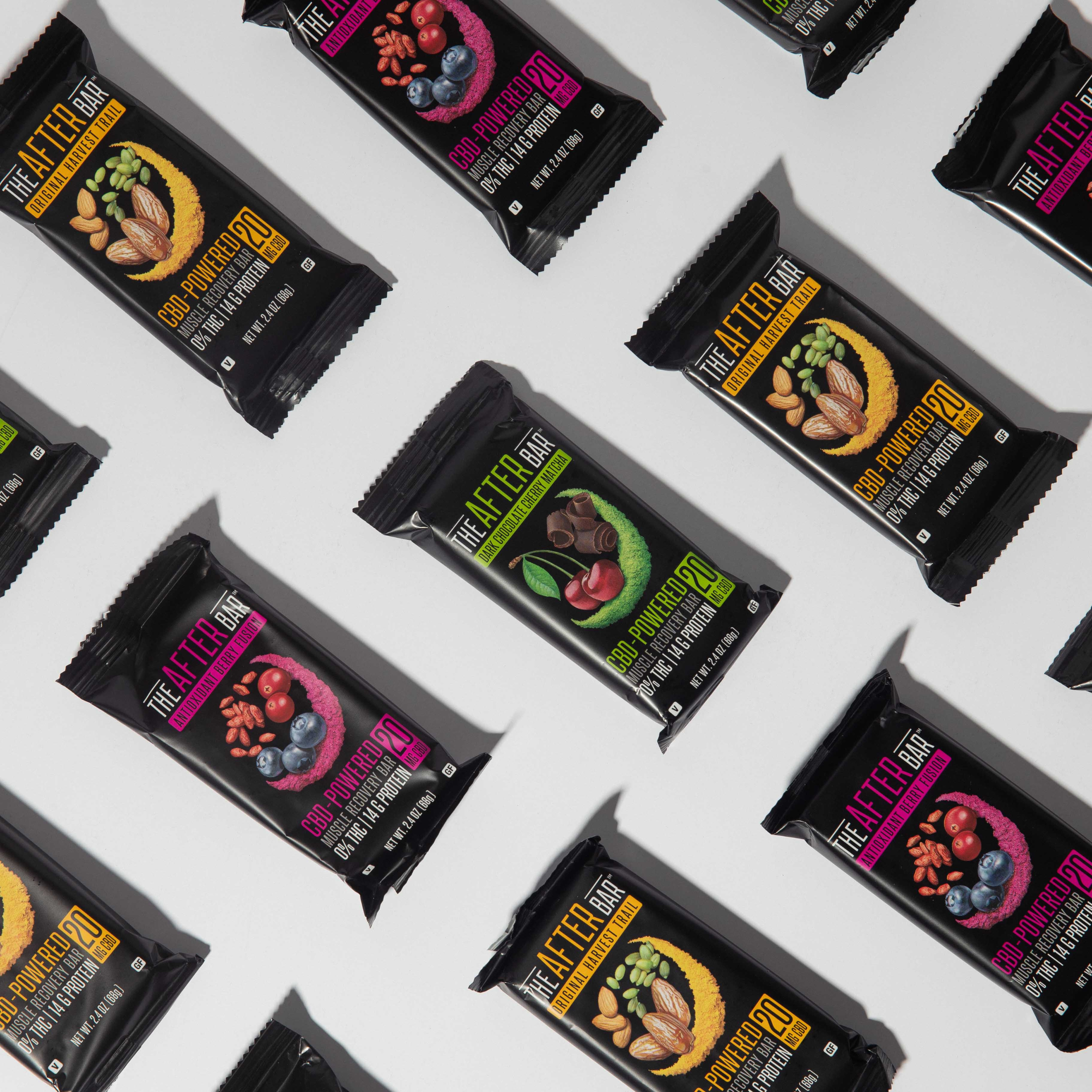



Leave a comment